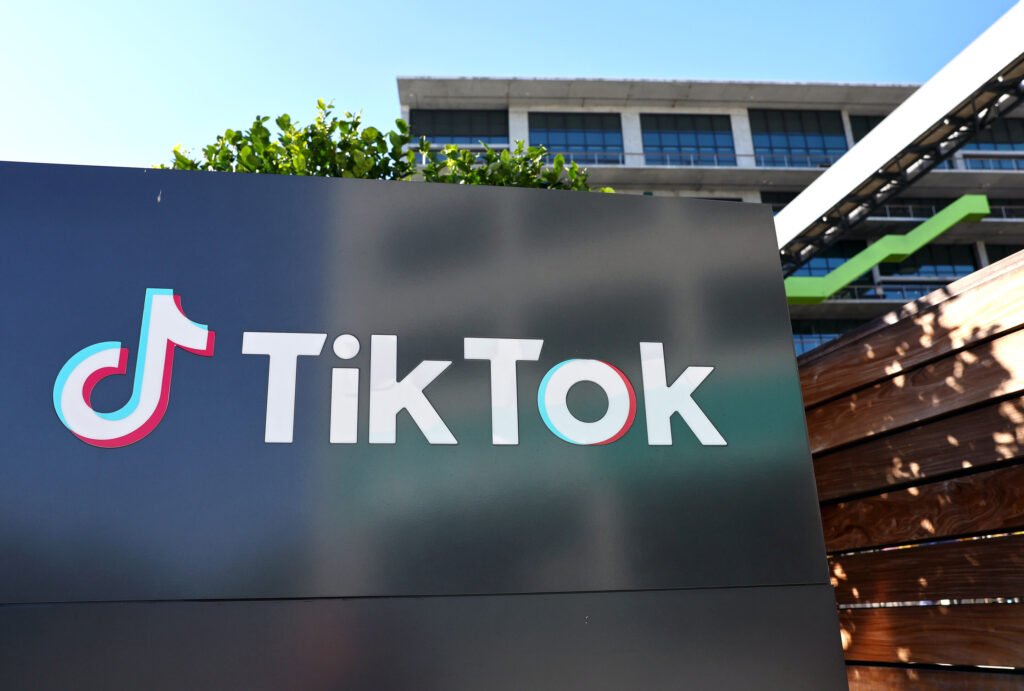Nvidia’s RTX 5000 graphics cards, known as Blackwell, are not just going to be desktop products, but also laptop GPUs – and we’ve just witnessed a major leak on their memory loadouts, as well as a potential release date for the mobile products.
VideoCardz noticed the Blackwell info dump which is from laptop manufacturer Clevo, and is an unfortunate side effect of a ransomware attack apparently (well, unfortunate for the company, but not for us gamers keen to learn more about RTX 5000 mobile GPUs).
As shared by security researcher Dominic Alvieri on X, the material – which is wide-ranging and goes beyond details on Nvidia’s next-gen laptop cards – shows six different mobile GPUs for Blackwell and their VRAM configurations. Take it with the same amount of seasoning you’d apply to any rumor.
RansomHub posts ODM & OEM laptop maker Clevo of Taiwan whose clients include Nvidia, Intel, Micron and AMD. pic.twitter.com/fMUGnMTjdqJune 3, 2024
The top two models, GN22-X11 and X9, are shown with 16GB of GDDR7 VRAM, and presumably correspond to the RTX 5090 and 5080 for laptops. Below that there’s an X7 model with 12GB of GDDR7, and the remaining models, the X6, X4 and X2, all have 8GB (again of GDDR7, which is going to be used for the whole range if this leak is correct).
We can guess that those bottom three models with 8GB will be the RTX 5070, 5060, and the 5050 – but this is just speculation (and it’s not clear where the X7 tier with 12GB fits in – as an RTX 5070 Ti perhaps?).
Those bottom three GPUs will apparently be based on a different board than the top three, and will be released later in 2025. If the purported leak from Clevo is correct, the top three GPUs headed by the RTX 5090 will be in production come January 2025, with the other GPUs to arrive in March 2025. So, they won’t be far behind.
As rumors stand, the desktop Blackwell graphics cards should debut first, arriving later this year, with the RTX 5080 and 5090 potentially hitting shelves towards the end of 2024. Although it should be noted there are whispers about a delay to 2025 – but that shouldn’t happen if the laptop GPUs are due to arrive in January 2025, of course. (Well, unless the desktop GPU release is a ‘paper launch’ which, to be fair, is another theory aired in the past).
{ window.reliablePageLoad.then(() => { var componentContainer = document.querySelector(“#slice-container-newsletterForm-articleInbodyContent-VpBhWQJuN86rG5iRWoJnyK”); if (componentContainer) { var data = {“layout”:”inbodyContent”,”header”:”Get daily insight, inspiration and deals in your inbox”,”tagline”:”Sign up for breaking news, reviews, opinion, top tech deals, and more.”,”formFooterText”:”By submitting your information you agree to the Terms & Conditions and Privacy Policy and are aged 16 or over.”,”successMessage”:{“body”:”Thank you for signing up. You will receive a confirmation email shortly.”},”failureMessage”:”There was a problem. Please refresh the page and try again.”,”method”:”POST”,”inputs”:[{“type”:”hidden”,”name”:”NAME”},{“type”:”email”,”name”:”MAIL”,”placeholder”:”Your Email Address”,”required”:true},{“type”:”hidden”,”name”:”NEWSLETTER_CODE”,”value”:”XTR-D”},{“type”:”hidden”,”name”:”LANG”,”value”:”EN”},{“type”:”hidden”,”name”:”SOURCE”,”value”:”60″},{“type”:”hidden”,”name”:”COUNTRY”},{“type”:”checkbox”,”name”:”CONTACT_OTHER_BRANDS”,”label”:{“text”:”Contact me with news and offers from other Future brands”}},{“type”:”checkbox”,”name”:”CONTACT_PARTNERS”,”label”:{“text”:”Receive email from us on behalf of our trusted partners or sponsors”}},{“type”:”submit”,”value”:”Sign me up”,”required”:true}],”endpoint”:”https://newsletter-subscribe.futureplc.com/v2/submission/submit”,”analytics”:[{“analyticsType”:”widgetViewed”}],”ariaLabels”:{}}; var triggerHydrate = function() { window.sliceComponents.newsletterForm.hydrate(data, componentContainer); } if (window.lazyObserveElement) { window.lazyObserveElement(componentContainer, triggerHydrate); } else { triggerHydrate(); } } }).catch(err => console.error(‘%c FTE ‘,’background: #9306F9; color: #ffffff’,’Hydration Script has failed for newsletterForm-articleInbodyContent-VpBhWQJuN86rG5iRWoJnyK Slice’, err)); }).catch(err => console.error(‘%c FTE ‘,’background: #9306F9; color: #ffffff’,’Externals script failed to load’, err)); ]]>
Sign up for breaking news, reviews, opinion, top tech deals, and more.

(Image credit: Future)
Analysis: Modest VRAM increases in places, but an 8GB sticking point
There are some interesting nuggets revealed in this leak, not the least of which is the welcome move from Nvidia of pepping up the lowest-end Blackwell GPU – what’ll presumably be the RTX 5050 – with 8GB of VRAM. If you recall, that’s a chunk more than the RTX 4050 mobile which ran with 6GB. We say this is welcome, but it’s regarded more as a necessary move by most gamers, no doubt.
Indeed, there are folks out there who are considerably irate about the possibility that the RTX 5070 will only run with 8GB – possibly to push folks towards the tier above it, which could be a 5070 Ti variant with 12GB, as mentioned. The good news, though, at the high-end is that it looks like the RTX 5080 should be upped from 12GB (in the 4080) to 16GB.
Furthermore, the lower-end Blackwell laptop GPUs are being somewhat tamed for their power consumption, with the second batch of lower-tier offerings (X6, X4, X2) coming in at 115W for their TGP – rather than 140W for Lovelace. We can hope that this indicates a better level of power-efficiency for these next-gen GPUs, and it’ll certainly help to have a lower power usage when running in the tiny confines of a gaming laptop chassis – hopefully not at any notable cost in terms of performance.
Also, according to the leak, Nvidia will continue to supply some current mobile GPUs as budget efforts going forward in 2025 to complement the Blackwell line-up. While that’s standard practice, of course, it’s interesting to see those plans, and they include maintaining the RTX 4050 (6GB) and 3050 (6GB), and indeed the 2050 (4GB). The latter will only be for a while, though, before the ageing RTX 2050 is replaced at some point by a new 4GB spin on the RTX 3050.
As ever with any leak, cover this in a whole heap of salt, and bear in mind that details that might have been true when this material was put together could’ve changed (or may yet change down the line).




